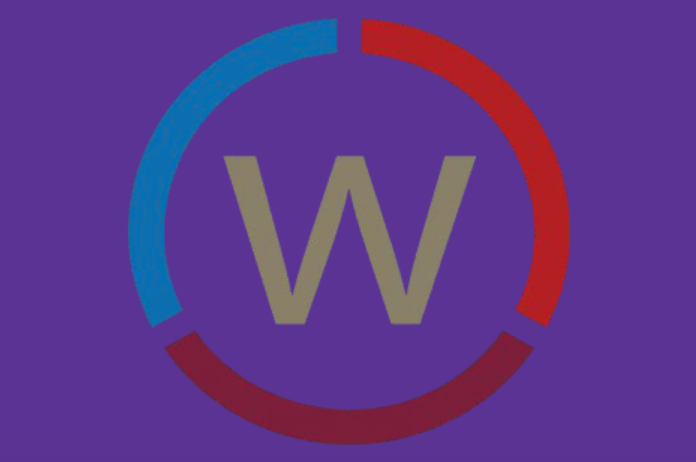The trustees of the West Sonoma County Union High School District set sail toward increased mental health services, academic support and recovery and more during a June budget meeting.
During the June 23 meeting, the board approved its 2021-22 budget and the newest edition of its Local Control and Accountability Plan, a three-year plan directing state funding for services and initiatives for students, prioritizing those with high needs like foster students, English learners and socioeconomically disadvantaged youth.
A new LCAP to help WSCUHSD navigate the next three years
The board of trustees spun the wheel into the next three-year plan by approving the LCAP and its annual update.
“One of the goals when we set out to look at our LCAP for 2021-24 is we wanted this document to be a strategic plan document. We did not want it to be just another piece of paper that sat on our shelves,” Superintendent Toni Beal said.
Beal discussed the district’s successes and needs. Her presentation recognized staff who strove to provide the youth the best education they could through the pandemic. The district managed to get students who became disengaged and weren’t attending online classes back on board and staff carried out an “impressive” transition to technology, she said.
However, Beal noted “an incredible need moving forward for increased mental health supports,” in addition to English Learner and academic support classes, makeup programs and learning loss recovery, family support and engagement programs, greater community support services and partnerships and more.
The superintendent presented data highlighting district concerns mostly gathered from the 2019-20 school year, because WSCUHSD went without most of those assessments this last year under distance education.
For example, the district faces a 15.5% rate of chronic absenteeism among students, meaning those students miss over 10% of the school year. The district slips behind in its 92% general attendance, as Beal said 93% or 94% was more typical of high schools.
Beal said WSCUHSD also carries a suspension rate, “higher than the state and the county” at
6.4% and even higher for its priority student populations.
Student performance falling short in Smarter Balanced Assessment Consortium (SBAC) testing is another issue for the district.
From highest to lowest, from blue, green, yellow, orange to red, the district scored in the yellow category for English language arts but orange among Hispanic and socioeconomically disadvantaged students and red among disabled students.
WSCUHSD students fell in the orange category for math, while socioeconomically disadvantaged students were in orange and students with disabilities were in the red, Beal said.
Furthermore, college and career awareness and access to all the courses WSCUHSD provides that college enrollment requires came up as an issue, she said. Data between testing assessments and YouthTruth survey results showed students don’t feel ready to dive into the workforce after high school, according to the superintendent.
Some information she referenced came from the California School Dashboard for the 2019 school year that can be found here.
Three goals will guide the district through the coming three years, aiming to “improve conditions of learning, school climate and engagement; promote course access and student success” and “improve college and career readiness through implementation of the district Portrait of a Graduate outcomes,” according to Beal.
To improve learning and school conditions, goals include:
● Mental health counseling, supports, programs and a screening process to identify students with higher needs
● Restorative practices to address the high suspension rate
● Collaborations with community services and a community-building program
● Professional development
To increase course access, the presentation listed goals like:
● Bilingual paraeducators, a bilingual family engagement specialist
● English Learner and academic support classes
● Summer school, credit recovery programs
● Technology and software access for students who need those resources
To prepare students for college and careers, goals involve:
● The Naviance program for all-student access to a college and career readiness tool
● A work-based learning coach as WSCUHSD tries to amp up work and project-based learning and pathways connecting to opportunities in the community
● CTE and New School Model coaches
Other “increased or improved services” from the June 9 presentation include:
● Transportation services, bus and activity passes
● English Language Development (ELD) instruction, curriculum, EL coaching and support classes
● Instructional materials, AP tests
● Academic support classes, instructional materials
In addition, the board approved the district’s 2021-22 federal addendum detailing federal Title I, II and III funds, with the Title III funds for language education for English learners and immigrant students covered in a federal addendum prepared by the Sonoma County Office of Education.
WSCUHSD and other districts that don’t receive enough Title III funds independently join a consortium with SCOE that distributes its Title III funds among them, Beal said.
To be in that consortium for the next school year, the trustees passed a memorandum of understanding of the “Elementary and Secondary Education Act, Title III, Part A, English Learner Student Program Consortium.”
Fitting the bill in the 2021-22 budget and beyond
Catrina Howatt, a “veteran school business official” from Total School Solutions, set forth the district’s 2021-22 budget for adoption and made known that staffing cuts in future years are in store.
COVID-19 funds are expected to deplete when the 2022-23 year comes to a close, cutting loose the positions they made possible, and staffing levels will need to drop to meet lower enrollment in the 2023-24 year, per the agenda report.
The budget projected WSCUHSD would start the fiscal year on July 1 with a beginning balance of $3,536,482. Running a calculated deficit of $494,161 for the new year, Howatt said the ending fund balance for 2021-22 is projected as $3,042,322, according to Howatt.
She said $32,024 is expected to remain as the district’s unappropriated ending fund balance after accounting for things like reserved and designated amounts.
For multi-year projections, Howatt presented that both total revenue and total expenditures slip down between 2021-22 and 2023-24, but a deficit persists throughout.
In the current fiscal year, total anticipated revenue of $28,694,827 hits anticipated expenditures of $29,188,989 with a deficit close to $500,000. By 2023-24, total revenue is predicted to be $26,730,357 running into $27,254 in estimated costs with a deficit of $523,780 to show for it, per the table Howatt presented.
She said a drop in Local Control Funding Formula (LCFF) revenue, the district’s main fount of funding, shows up in 2022-23 fiscal year when estimated deficit reaches $930,979 before LCFF funds bob up the next year.
According to the agenda report for the meeting, the district is forecast to have enough reserves to meet the required 3% reserve level for those three years unfolding now. Left over is an unappropriated ending fund balance of $354,866 projected for the 2022-23 fiscal year and $87,242 for the 2023-24 fiscal year, Howatt said.
“And I don’t think you need me to tell you $87,000 is not a lot of unbudgeted funds or available funds on a $27 million dollar budget in the third year,” she said.
The bell will ring for students again in August with these goals and outlooks to guide the district’s coming years and uncharted territory in consolidation.








